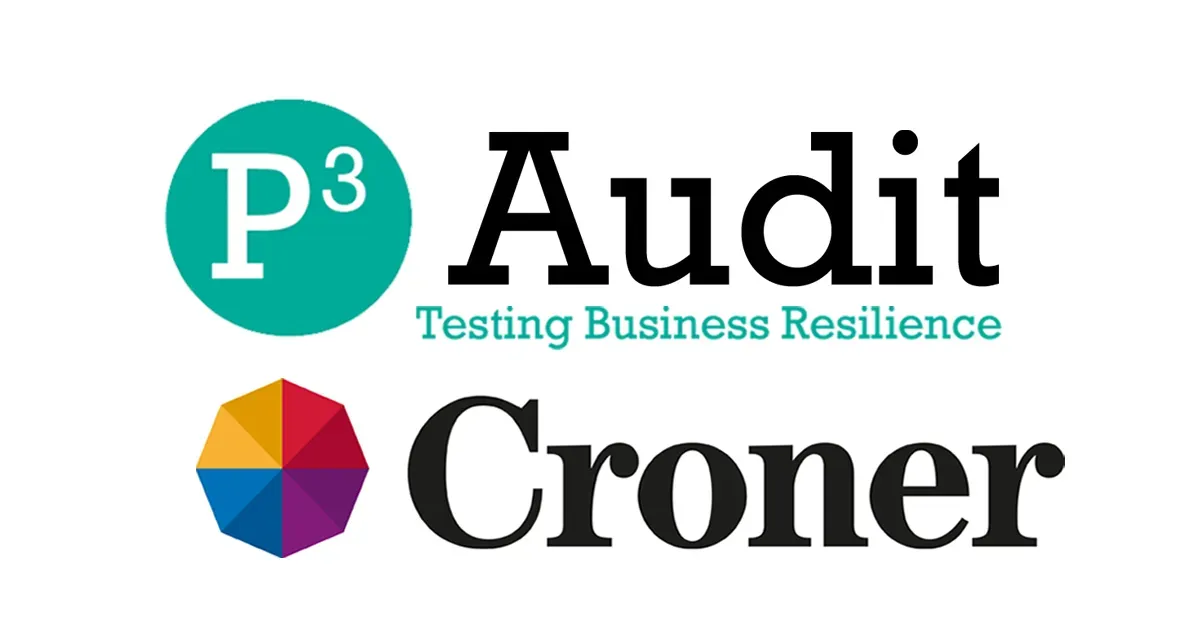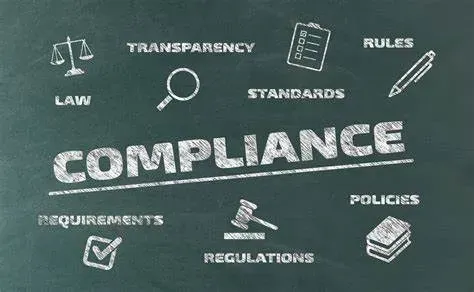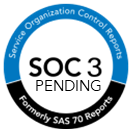Unravelling the Gordian Knot
The differences between supply chains, data supply chains, cyber supply chains, and software supply chains.
- Supply Chains: refer to the network of organizations, people, activities, information, and resources involved in the production, distribution, and delivery of goods or services from the supplier to the end consumer. It encompasses the entire process, including sourcing raw materials, manufacturing, transportation, warehousing, and retailing. Supply chains aim to optimize efficiency, reduce costs, and ensure timely delivery of products or services.
- Data Supply Chains: also known as information supply chains, are the processes and systems involved in the collection, transformation, storage, and distribution of data within an organization or between organizations. Data supply chains focus on managing the flow of data, ensuring data quality, and making data accessible to various stakeholders. It involves data acquisition, data integration, data transformation, data storage, data governance, and data delivery to enable effective decision-making and support business operations.
- Cyber Supply Chains: Cyber supply chains specifically refer to the supply chains associated with technology products or services that have a digital component. It involves the sourcing, development, manufacturing, distribution, and maintenance of hardware, software, and firmware components that are essential to digital products or services. Cyber supply chains encompass all the stages of production and distribution, including suppliers of hardware components, software developers, third-party vendors, and distributors. Managing cyber supply chains is crucial to ensure the security and integrity of digital systems and protect against cyber threats.
- Software Supply Chains: Software supply chains specifically focus on the production, distribution, and maintenance of software products. They involve the processes and activities required to create software applications, including coding, testing, packaging, and deployment. Software supply chains also encompass activities such as version control, documentation, licensing, and updates. Managing software supply chains is important to ensure the quality, reliability, and security of software products throughout their lifecycle, from development to end-user deployment.
In summary, supply chains are broader in scope and encompass the overall process of producing and delivering goods or services. Data supply chains focus on managing the flow of data within and between organizations. Cyber supply chains pertain to technology products or services with a digital component and involve sourcing, development, and distribution of hardware, software, and firmware. Software supply chains specifically relate to the production and distribution of software applications, encompassing activities from development to deployment.
Part 1:
Securing the Supply Chain in an Interconnected World
Software supply chain security is a critical issue discussed extensively in the IT/Cybersecurity industry. Over the past three years, incidents of software supply chain attacks have surged by an astonishing 742%, impacting numerous software vendors, projects, and users worldwide.
Software supply chain security is a critical concern in the IT/Cybersecurity industry, with incidents of attacks rising dramatically in recent years. To tackle this issue effectively, understanding attacker motivations, analysing potential attack scenarios, and using threat modelling techniques are crucial. Learning from past cases that affected proprietary and open-source software vendors and managed service providers can help improve security measures.
Traditional approaches to managing vendor and supply chain risks involve application security maturity models, testing methodologies, and robust tooling. Additional practices like hashing and code signing enhance security and ensure software integrity. Scoring methodologies, provided by vulnerability databases, aid in assessing vulnerabilities and evaluating risks.
The emergence of the Software Bill of Materials (SBOM) is a significant development, offering insight into software components. Vulnerability Disclosure Programs and Reports, along with the Vulnerability Exploitability eXchange (VEX), provide actionable context to SBOMs for software consumers.
Software transparency is essential but complex, involving concepts like firmware, embedded software, and addressing challenges related to secure software transport and data protection. It varies between on-premise and cloud environments, each with its unique considerations, including cloud computing, Containers, Kubernetes, and DevSecOps practices.
Fortunately, reputable sources offer valuable guidance on software supply chain security, including NIST, Google, CIS, Microsoft, OWASP, and others. This collective knowledge empowers organizations to improve their security posture.
While software transparency in IT is well-discussed, Operational Technology (OT) often lacks focus. To ensure overall supply chain security, the potential kinetic effects of software, legacy software risks, and software transparency for industrial control systems (ICS) must be considered.
Software supply chain risks primarily stem from suppliers who need to prioritize transparency and supply chain security. Vulnerability disclosure, dedicated product security teams, responsible use of open-source software (OSS), and automation are essential measures.
Consumers often bear the consequences of security incidents, but they can mitigate risks by using SBOMs, VEX, and vulnerability disclosures. Understanding the software supply chain and suppliers, as well as virtual patching, is crucial. Tools like P3 Audits iTracker provide valuable supply chain mapping and visibility.
Predicting software transparency involves examining emerging regulations, government influence, accelerating supply chain attacks, and risks in interconnected societies. Initiatives like the Cyber Executive Order (EO) and National Cyber Strategy aim to address systemic risks posed by software.
The trend of accelerating software supply chain attacks is concerning. Collaboration between development, security, and operations, along with adopting modernized software supply chain practices and tools, is essential to tackle this challenge.
In closing, given the widespread use of software and the intricate interdependencies between data and traditional supply chain processes, ensuring data supply chain security is like untangling a complex "Gordian knot" with unprecedented systemic risk. Prioritizing data and software supply chain security with a focus on cyber risk safeguards systems, protects users, and maintains customer trust in our digital world.
Author: Chris Els
Founder of P3 Audit and authority on third party risk in data supply chains
Comment








